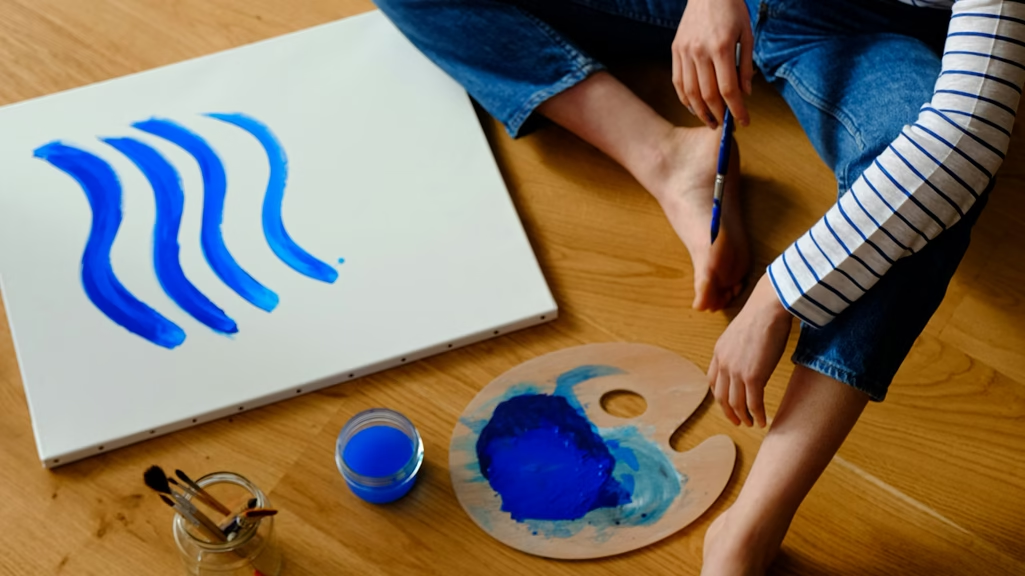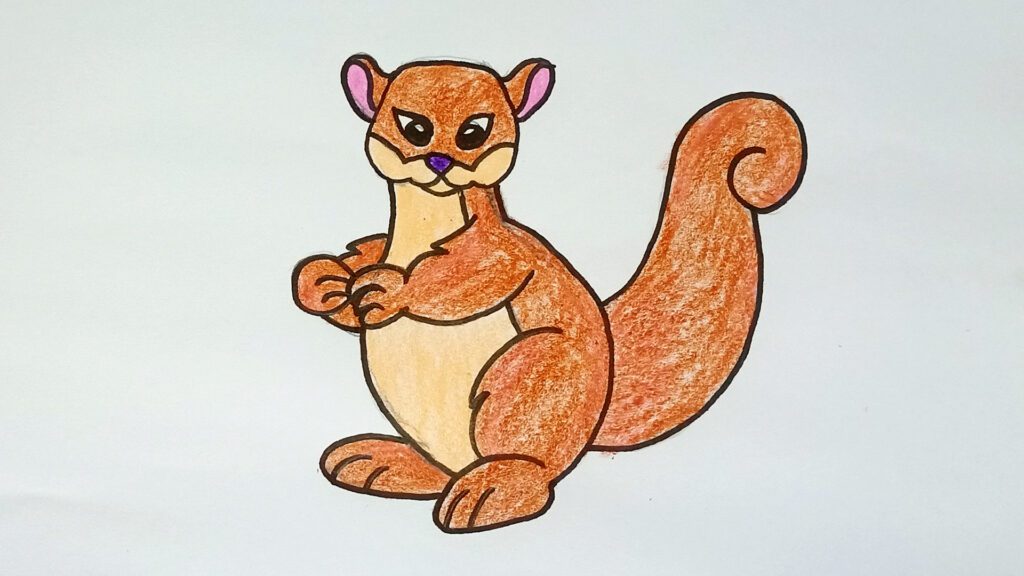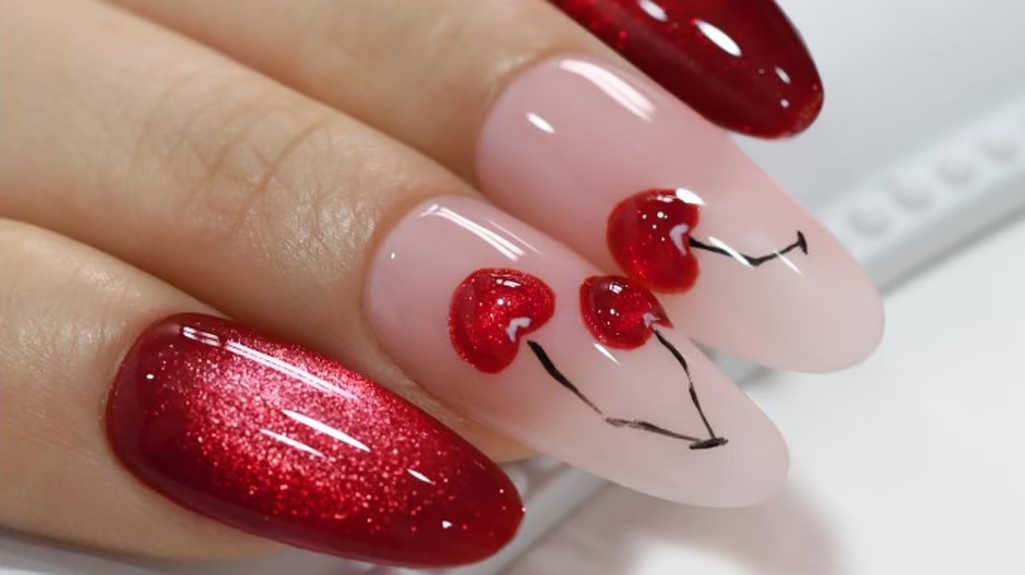In recent years, the idea of drawing as more than just a creative outlet has gained significant attention in cognitive science and psychology. People are increasingly discovering how drawing helps you think more clearly, enhances problem-solving skills, and even fosters emotional well-being. Grave the benefits of drawing.
From enhancing memory and focus to improving communication, the act of drawing offers a wide array of cognitive benefits. This article will explore how drawing helps you think in various contexts, from improving mental clarity to boosting creativity and intellectual capacity.
How Drawing Helps You Think: A Cognitive Perspective
The process of drawing engages several areas of the brain, particularly those linked to creativity, visual processing, and even emotions. When you draw, you are not simply marking paper with shapes and lines; you are actively engaging your mind in a dynamic and creative activity that requires focus, concentration, and interpretation.
As you engage in this process, your brain begins to establish connections between seemingly unrelated concepts. Enhancing both lateral thinking and problem-solving abilities. This is why many people find that when they draw or doodle during meetings. Or brainstorming sessions, they often come up with more innovative and creative ideas.
1. Drawing Enhances Memory and Learning
One of the most direct ways that drawing helps you think is through its impact on memory retention and learning. This has been widely studied in cognitive psychology, with evidence showing that visual representations improve comprehension and recall. The act of drawing integrates both verbal and visual components in the brain, making it easier to retain and recall information.
- Dual Coding Theory: According to the dual coding theory, people learn and remember information more effectively. When it is represented both visually and verbally. Drawing engages both systems, thus strengthening the memory encoding process.
- Mind Mapping: When you sketch concepts, you are effectively creating mind maps. Which have been shown to aid in structuring thoughts and organizing information in a meaningful way. This process allows for a clearer understanding of complex topics, helping individuals grasp new ideas more efficiently.
In educational settings, students often benefit from drawing diagrams or illustrations to accompany text-based learning. This visual strategy taps into the brain’s natural ability to process visual stimuli, which can significantly enhance understanding and retention.
2. Drawing Improves Problem-Solving Skills
Another crucial benefit of drawing is its positive impact on problem-solving. Whether it’s sketching a design or visualizing a solution to a complex problem. Drawing helps you break down a task into manageable parts and provides clarity for resolving issues.
- Visualizing Problems: Sometimes problems can seem overwhelming when they are only processed verbally or mentally. When you translate a problem into a visual form, it often becomes easier to identify the core issues and patterns. Drawing allows you to externalize your thoughts, which can make solutions more apparent.
- Creative Thinking: When you sketch or doodle, your brain switches into a creative mode that fosters new ways of thinking. The act of drawing helps you step outside of traditional thinking patterns. Encouraging creative solutions that may not be apparent through logic alone.
Research has shown that creative exercises such as drawing can significantly enhance lateral thinking, which is the ability to approach problems from different perspectives. This form of problem-solving is invaluable not only in the arts but in various professions, from engineering to business.
3. Drawing Stimulates the Brain’s Visual Processing Areas
The human brain is designed to process visual information more quickly than textual or verbal data. By drawing, you engage the brain’s occipital lobe, which is responsible for processing visual stimuli. This interaction boosts cognitive function and increases mental clarity.
- Engagement of Multiple Brain Regions: Drawing activates not only the occipital lobe but also areas related to motor skills, such as the cerebellum and motor cortex. As you draw, your brain processes spatial relationships, fine motor skills, and visual imagery, improving both your hand-eye coordination and your mental acuity.
- Increased Focus: Since drawing demands attention to detail and careful coordination, it often leads to enhanced focus and concentration. This engagement creates a state of “flow,” where you are fully immersed in the activity. Many people find that their thoughts become clearer and more organized when they are drawing, leading to better decision-making and creative breakthroughs.
4. Drawing as a Tool for Emotional Expression and Clarity

In addition to its cognitive benefits, drawing can also be an essential tool for emotional clarity and self-expression. When you’re feeling overwhelmed or stressed, drawing can serve as a cathartic release, allowing your brain to process emotions in a non-verbal form.
- Expressing Unspoken Thoughts: Often, emotions or thoughts are difficult to express verbally, especially when they are complex or deeply personal. Drawing allows individuals to externalize these inner experiences, providing a sense of clarity and understanding.
- Reducing Mental Stress: The act of drawing has been shown to reduce stress and anxiety levels. When you focus on the repetitive, mindful activity of drawing, your brain releases calming hormones like serotonin, which helps to reduce negative emotions and promote mental well-being.
For many people, art therapy, including drawing, has been used as a way to cope with trauma, grief, or anxiety. By translating emotional turmoil into visual forms, individuals gain insight and emotional release, which can lead to improved cognitive functioning overall.
5. Drawing Enhances Communication and Idea Sharing
Drawing can be an invaluable tool for conveying ideas, especially when verbal communication may fall short.
- Visual Storytelling: Sometimes, words fail to convey a concept as clearly as images. Drawing helps to visually illustrate your thoughts, making it easier for others to understand complex ideas. For example, in design and architecture, sketching plays a critical role in conceptualizing projects and sharing these concepts with others in a clear, accessible manner.
- Clarity and Precision: Drawing enables you to distill ideas to their essence. By representing ideas visually, you can convey information more succinctly and with greater impact. This clarity of thought often carries over into verbal communication, allowing you to express yourself more clearly.
6. Drawing Boosts Creativity | How Drawing Helps You Think
One of the most commonly cited reasons for how drawing helps you think is its powerful impact on creativity. Whether you’re an artist or not, engaging in drawing exercises allows you to think outside the box, explore new ideas, and come up with original solutions.
- Fostering Divergent Thinking: Divergent thinking refers to the ability to think in multiple directions and generate numerous possible solutions to a problem. Drawing is an ideal activity for promoting divergent thinking, as it encourages you to explore different possibilities, shapes, and forms, often leading to unexpected and creative outcomes.
- Overcoming Creative Blocks: Even the most seasoned creatives sometimes face mental blocks. Drawing offers a way to break through these barriers. Doodling or sketching freely can stimulate your imagination and often leads to breakthrough ideas that may have been overlooked through traditional brainstorming methods.
7. Drawing Strengthens the Connection Between Mind and Body
Drawing is a holistic activity that connects the mind with the body, fostering better coordination and enhancing cognitive processes. The process of creating art requires physical engagement through hand movements, which enhances motor skills, spatial reasoning, and sensory integration.
- Fine Motor Skills Development: The act of drawing refines motor skills by requiring precise control of hand movements. This constant practice improves fine motor skills and increases hand-eye coordination, which can have broader cognitive and physical benefits.
- Spatial Intelligence: As you draw, you develop spatial intelligence—the ability to visualize objects and manipulate them in your mind. This skill is critical not only for artists but for individuals working in fields such as architecture, engineering, and even surgery, where spatial awareness plays a pivotal role in success.
Conclusion: How Drawing Helps You Think More Clearly and Creatively
As we’ve seen, drawing is not just an art form; it is a powerful cognitive tool that enhances problem-solving, boosts memory retention, improves focus, and stimulates creativity. Whether you’re a student, a professional, or simply someone looking to sharpen your mind, integrating drawing into your daily life can be a valuable way to engage your brain and improve your thinking. From the way drawing helps you think by fostering creativity and critical thinking, to its emotional and therapeutic benefits, the positive impact of drawing on the brain cannot be overstated.
By incorporating more drawing into your life, you can unlock new cognitive pathways, refine your communication skills, and improve your problem-solving abilities. It’s clear that the simple act of putting pen to paper can have a profound effect on your mental clarity and overall cognitive function. So, the next time you’re faced with a challenging task or need to clarify your thoughts, remember how drawing helps you think—and give it a try!





